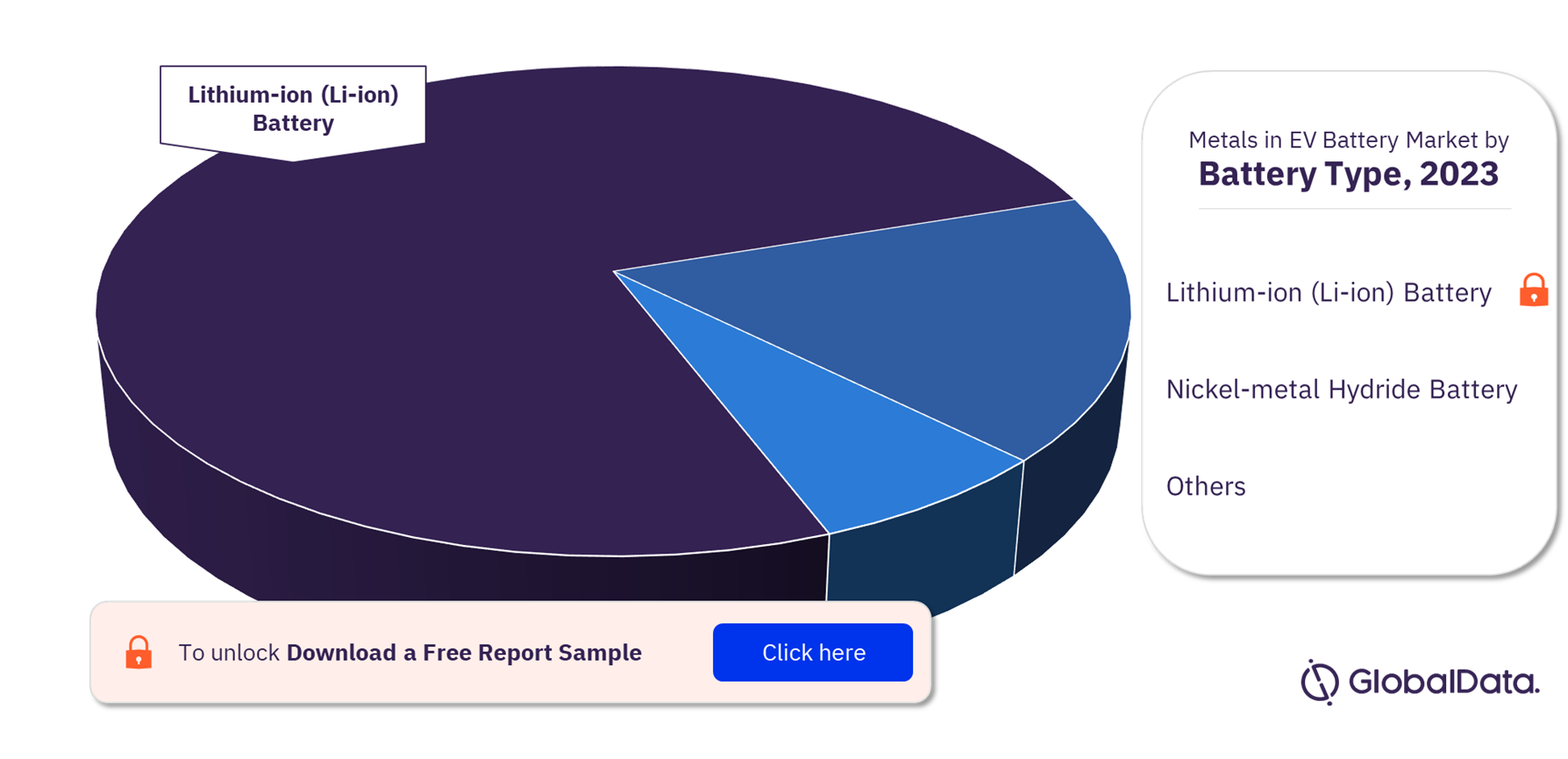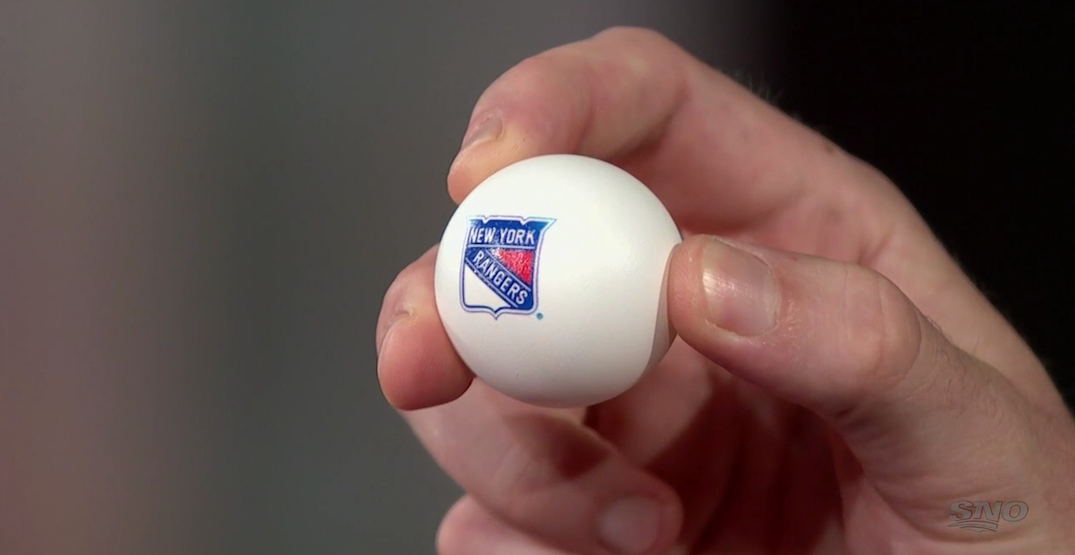Addendum: Analyzing BYD's Success In The EV Battery Market - A Case Study

Table of Contents
BYD's Vertical Integration Strategy: A Key to Success
BYD's remarkable success is significantly attributed to its vertically integrated business model. Unlike many competitors who rely on external suppliers for various components, BYD controls the entire EV battery value chain, from raw material sourcing and battery cell production to battery pack assembly and vehicle manufacturing. This comprehensive approach offers numerous advantages:
- Cost Control: Internalizing production minimizes reliance on external suppliers, leading to better cost management and price stability.
- Quality Assurance: Maintaining rigorous quality standards across all stages ensures consistent high-quality batteries and vehicles.
- Efficient Supply Chain Management: Direct control over the supply chain minimizes disruptions and allows for faster adaptation to changing market demands.
- Faster Innovation Cycles: Close collaboration between different stages of production accelerates the development and deployment of new battery technologies and vehicle designs.
This vertical integration translates to:
- Reduced reliance on external suppliers, mitigating supply chain risks.
- Optimized production processes, streamlining efficiency and minimizing waste.
- Greater control over battery technology and specifications, enabling faster innovation.
- Faster response to market demands, allowing for quicker adaptation to changing consumer preferences.
Blade Battery Technology and its Impact
BYD's groundbreaking Blade Battery technology has significantly contributed to its market leadership. Unlike traditional cylindrical or prismatic cells, the Blade Battery boasts a unique design, offering several compelling advantages:
- Increased Energy Density: The Blade Battery achieves a higher energy density, resulting in extended driving range for EVs. This is a crucial factor for consumers concerned about range anxiety.
- Improved Safety Features: Its unique structure reduces the risk of thermal runaway, a major safety concern associated with traditional lithium-ion batteries.
- Space-Saving Design: The flat, blade-like form factor allows for more efficient vehicle packaging, maximizing interior space and improving vehicle design flexibility.
- Positive Consumer and Industry Reception: The Blade Battery has garnered significant praise from both consumers and industry experts, solidifying BYD's reputation for innovation.
Cost Competitiveness and Pricing Strategies
BYD's cost advantages are directly linked to its vertical integration. Economies of scale achieved through large-scale production and efficient manufacturing processes result in significantly lower production costs compared to competitors. This allows BYD to offer competitively priced EVs and batteries, further strengthening its market position.
- Economies of Scale: Mass production capabilities lower per-unit costs.
- Efficient Manufacturing Processes: Optimized processes minimize waste and maximize output.
- Competitive Pricing Strategies: Strategic pricing helps gain market share, especially in price-sensitive markets.
- Impact of Government Subsidies and Incentives: Government support in various regions further enhances BYD's competitiveness.
Global Expansion and Market Penetration
BYD's success isn't confined to its domestic market. Its strategic global expansion has been instrumental in its rise. The company has established production facilities and partnerships across the globe, successfully penetrating both developed and emerging markets.
- Geographic Diversification of Production Facilities: Manufacturing facilities in multiple regions reduce reliance on single markets and streamline logistics.
- Strategic Partnerships with Global Automakers: Collaborations with leading automakers expand reach and market access.
- Targeting Specific Regional Markets with Tailored Strategies: Adapting products and marketing to suit diverse market needs is key to success.
- Success in Both Developed and Emerging Markets: BYD's appeal extends across various economic sectors.
Future Outlook and Challenges for BYD
Despite its current dominance, BYD faces challenges. Increasing competition, volatile raw material prices, and rapid technological advancements demand ongoing adaptation and innovation.
- Maintaining Technological Leadership in Battery Technology: Continuous R&D is vital to stay ahead of competitors.
- Managing Supply Chain Risks and Raw Material Costs: Securing a stable and cost-effective supply chain is crucial.
- Adapting to Evolving Regulatory Landscapes and Standards: Meeting evolving safety and environmental regulations is essential for long-term success.
- Responding to Competition from Other EV Battery Manufacturers: The EV battery market is increasingly competitive, requiring continuous innovation and strategic planning.
Conclusion: The BYD Success Story in the EV Battery Market – Lessons Learned
BYD's remarkable success in the EV battery market is a result of a potent combination of factors: its vertically integrated business model, its innovative Blade Battery technology, its cost-competitive pricing strategies, and its aggressive global expansion. This case study highlights the importance of strategic planning, technological innovation, and efficient production in a rapidly growing and competitive industry. BYD's journey offers valuable lessons for other players in the EV battery market and underscores the significant impact of its strategies on the future of electric mobility. Learn more about BYD's innovative approach to EV battery production and its impact on the industry. Dive deeper into the analysis of BYD's success in the EV battery market with our in-depth resources.

Featured Posts
-
 Trump Defends Accepting Qatari Jet Stupid Not To
May 13, 2025
Trump Defends Accepting Qatari Jet Stupid Not To
May 13, 2025 -
 Ac Milan Vs Atalanta Hora Y Donde Ver El Partido De Gimenez
May 13, 2025
Ac Milan Vs Atalanta Hora Y Donde Ver El Partido De Gimenez
May 13, 2025 -
 Ob Avena Prva Kniga So Romski Narodni Prikazni
May 13, 2025
Ob Avena Prva Kniga So Romski Narodni Prikazni
May 13, 2025 -
 Nhl Draft Lottery Islanders Win Top Selection Sharks Get Second
May 13, 2025
Nhl Draft Lottery Islanders Win Top Selection Sharks Get Second
May 13, 2025 -
 Accord Post Brexit Gibraltar Les Dernieres Nouvelles
May 13, 2025
Accord Post Brexit Gibraltar Les Dernieres Nouvelles
May 13, 2025
